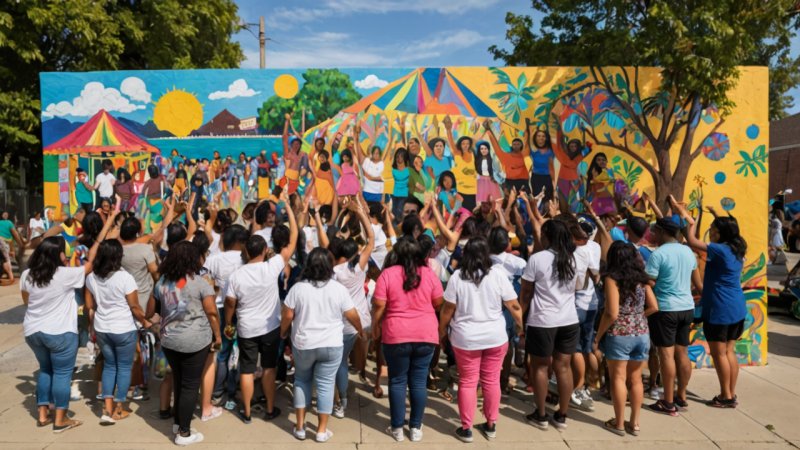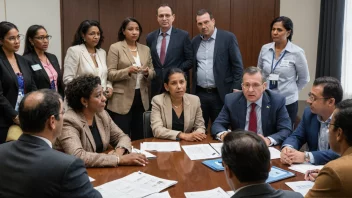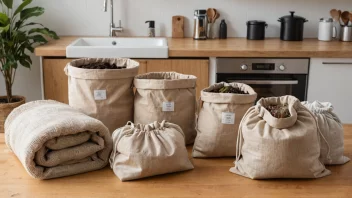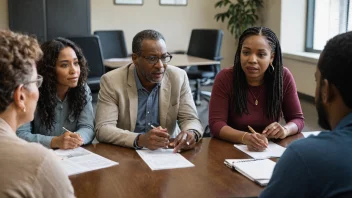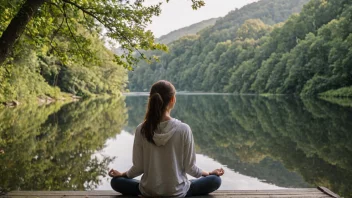Arts and culture have long been recognized as vital components of community identity and cohesion. They serve not only as a source of inspiration and creativity but also as a means of fostering social connections and promoting well-being. In an increasingly fragmented society, the role of arts and culture in community development has become more crucial than ever. From enhancing local economies to addressing social issues, the potential of artistic expression to drive positive change is immense. This article delves into how arts and culture contribute to community development, examining various initiatives and exploring ways individuals can get involved in fostering these vital elements within their own communities.
Enhancing Community Identity and Cohesion
At the heart of any thriving community is a strong sense of identity. Arts and culture play a pivotal role in shaping and expressing this identity. Public art installations, local festivals, and cultural performances bring residents together, creating a shared sense of belonging. For instance, community murals can reflect the history, values, and aspirations of a neighborhood, allowing residents to see themselves represented in their environment.
Moreover, cultural events often celebrate diversity, showcasing the unique traditions and practices of various groups within the community. By fostering an appreciation for different cultures, these events can help reduce prejudice and promote understanding among residents. When individuals feel connected to their community, they are more likely to engage in collective efforts to address local challenges.
Driving Economic Development
The arts also play a significant role in boosting local economies. Creative industries, including visual arts, music, and performance, can attract tourists, create jobs, and stimulate business growth. Cities that invest in their cultural sector often see a marked increase in foot traffic, which benefits local businesses and leads to higher revenues.
For example, the revitalization of downtown areas through arts initiatives has been successfully implemented in cities across the globe. Community theaters, art galleries, and music venues not only provide entertainment but also encourage people to gather, eat, shop, and explore. This economic boost can have a ripple effect, creating a vibrant community atmosphere that appeals to both residents and visitors alike.
Addressing Social Issues through Artistic Expression
Art has the unique ability to address complex social issues by raising awareness and inspiring dialogue. Many artists use their platforms to comment on pressing societal challenges, such as inequality, discrimination, and environmental concerns. Through storytelling, visual art, and performance, they can provide a voice to marginalized communities and spark conversations that lead to meaningful change.
Initiatives like community theater projects and art workshops can empower individuals to express their experiences and perspectives. These programs often provide a safe space for participants to share their stories and connect with others, fostering empathy and understanding. By highlighting social issues through art, communities can mobilize resources and advocate for change more effectively.
Promoting Health and Well-Being
The connection between arts, culture, and health is well-documented. Engaging in creative activities can significantly improve mental health, reduce stress, and promote overall well-being. Community arts programs often target vulnerable populations, providing therapeutic outlets for those dealing with trauma, mental health challenges, or social isolation.
For instance, community-based art therapy programs have been shown to help individuals cope with grief, anxiety, and depression. By encouraging self-expression and creativity, these programs enable participants to process their emotions in a constructive way. Furthermore, art has been used in healthcare settings to enhance patient experiences, improve recovery outcomes, and promote holistic well-being.
How to Get Involved in Arts and Culture Initiatives
Individuals looking to contribute to community development through arts and culture have numerous avenues to explore. Here are some ways to get involved:
- Volunteer: Many local arts organizations rely on volunteers to help manage events, workshops, and exhibitions. Your time and skills can make a significant impact.
- Attend Local Events: Support local artists and cultural organizations by attending performances, exhibitions, and festivals. This not only enriches your own experience but also boosts community engagement.
- Advocate for Funding: Engage with local government and community leaders to advocate for funding and support for arts and culture initiatives. Your voice can help prioritize these essential programs.
- Participate in Workshops: Join community art classes or workshops to connect with others and learn new skills while fostering a sense of community.
- Start a Project: If you have a passion for the arts, consider initiating your own project that brings people together, whether it's a mural, a community garden, or a local performance.
Conclusion
The role of arts and culture in community development is multifaceted and profound. From enhancing community identity and driving economic growth to addressing social issues and promoting health, the impact of creative expression cannot be overstated. By recognizing the importance of arts and culture, communities can harness their potential to foster connection, understanding, and positive change. Whether through volunteering, attending local events, or advocating for support, individuals have the power to contribute to this transformative movement, ensuring that the arts remain an integral part of community life.
